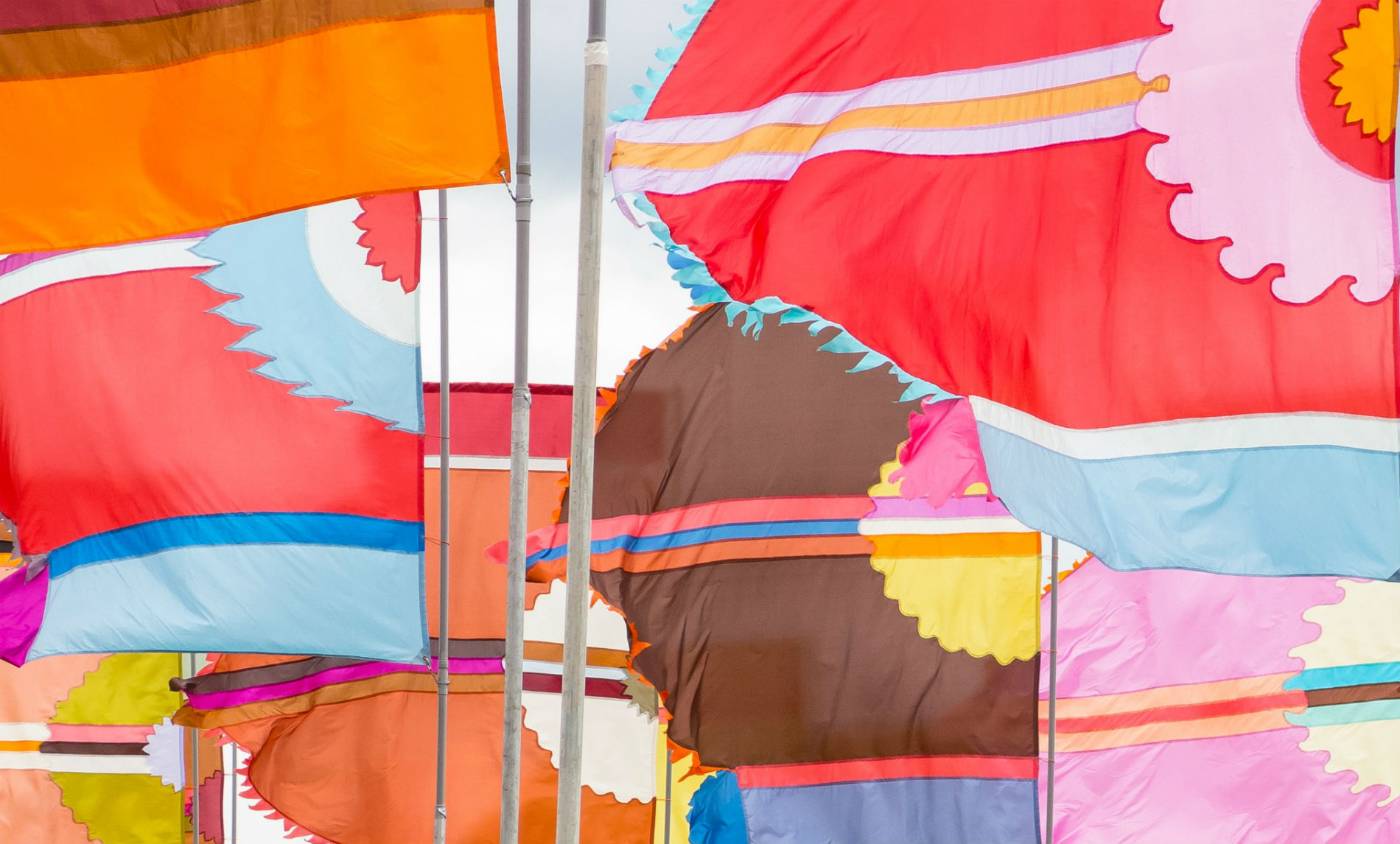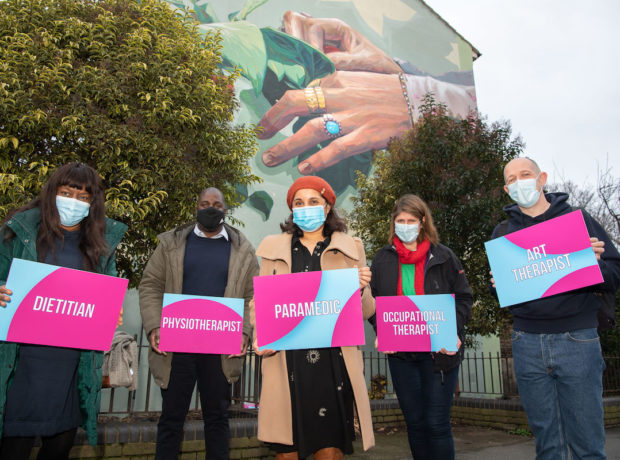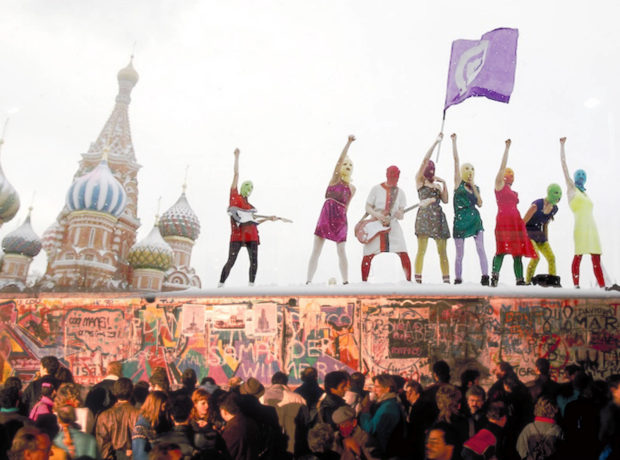When Lacuna decided to put on a human rights exhibition at WOMAD, the World of Music, Arts and Dance festival, earlier this summer, our writer in residence, Rebecca Omonira-Oyekanmi was keen to get involved. Here she reflects on the experience during a very wet weekend in Wiltshire.
Lacuna’s co-editor Andrew Williams drafted a brief rationale for our WOMAD exhibition this summer, working with the charity Action Village India and Madras Café
“Human rights are more than just words on a page. They are ideas for action. People turn to them when seeking redress for wrongs, when fighting for a better future, when hoping to prevent suffering. These are universal aims. They apply to everyone, everywhere. Whether they are successful depends on their recognition. Getting states to accept that they should be bound by them is only part of the process. Arguably it is more important to remind people of the value and purpose of human rights so that they can use them when needed. Lacuna’s joint exhibition with the charity Action Village India, hosted by the Madras Café asks how and when this might happen.”
Our aim was to introduce Lacuna to people and talk to them about our work and human rights in general. I thought this would be a rare opportunity to do more than just report on injustice, something I’ve been doing as a journalist for years. I could engage with potential readers, get them talking and thinking about human rights issues and see their reactions first-hand.
So how did people respond when the Lacuna team asked them what they thought of human rights?
Over the course of the festival we focused on a different aspect of human rights each day: economic rights, women’s rights and the right to protest. On display were pamphlets of Lacuna features discussing these ideas and some post-it notes for people to share their thoughts. Many, many people wanted to talk.
The conversations I had tended to centre on their personal experiences with a form of protest or a charity they’d been involved in or a particular cause they knew a lot about. I enjoyed these conversations but often found it difficult to convince people that human rights might apply to their own lives in Britain and that the concept was about more than abominable things happening far away.
On the post-it notes we encouraged people to share their thoughts and experiences of human rights. What became clear is most people possessed a strong sense of what they believe human rights should mean: equal rights for women, caring for the poor and vulnerable, animal rights, caring for the planet, the right to protest, peace and freedom. Others were specific; publish the Chilcot report on Britain’s role in the Iraq war, one note read. Everyone should have a right to food, education and housing to thrive, said another. Enforce rights legislation.
Transforming general concern into both seeing and doing seems to me the responsibility of us all
Every point was valid, sometimes even provocative, but all accepted narratives about rights. So accepted that they are little discussed (outside of the closed worlds of ‘human rights’ professionals), rarely quibbled over in public conversation. The encounters began to make me think: if we are to move beyond platitudes and encourage structural long-term change, beyond charity and sympathy, we perhaps need to know more about what we mean by ‘injustice’ and then look for it all about us. Transforming general concern into both seeing and doing seems to me the responsibility of us all. And maybe my particular role is to bring a spotlight on injustice, to report on its manifestations and its complexities whenever I have the opportunity so people can make up their own minds. ‘Show not tell’, as the creative writing schools always advise.
And what was happening elsewhere at WOMAD?
Relating injustice and rights in terms that strive to communicate only what is happening, trusting the public to respond once empowered by knowledge, were themes adopted by Dr Thomas Chambers, an academic from Sussex University. In the Global Voices tent he gave a talk about an aspect of modern migration rarely heard in mainstream media or public discourse.
Dr Chambers told the story of Sajid, a wood carver who, when he was 14, migrated from his home in Saharanpur, a city in Utter Pradesh in northern India. Over several years Sajid moved to several different towns and cities all over India returning home for Eid and to attend family weddings, and finally his own.
Dr Chambers joined Sajid on the road, several times over a year and a half, working alongside him in workshops and writing about the migratory traditions of wood carvers from this part of the world. The story captured the spirit of adventure and companionship common in these migration journeys. There was plenty of agency and many enjoyed life on the road and the freedom from cultural and religious restrictions it brought. Chambers interviewed a factory owner in Hyderabad who said, “Workers are like pigeons, they go here and there, to catch them is very hard.”
The story changed slightly when the carpenters moved to the Gulf. It was a magical place for Sajid and his friends, the place of Mecca and untold riches. Chambers travelled to the Gulf and embedded himself in a labour camp, to find out what life was like for those of Sajid’s friends who did make it there.
A Jordanian company had built several mobile dormitory blocks for the workers on its construction sites to live in. The workers buy their own furniture, including mattresses and cooking equipment. It’s a cosmopolitan place with workers from Pakistan, Bangladesh and India. Some workers prefer life in the crowded dorms to life at home. For others, the lack of mobility is a problem. Unlike easy migration some experienced in India, where workers drifted home as they pleased, in the Gulf people are tied to long-term contracts for at least two years. Once that period is up you return home and come back, you can do this up to age 58.
After telling these stories, Dr Chambers finished by asking festival-goers to think about imagination and subjectivity. The short discussion raised interesting issues about challenging accepted single stories about migration, understanding different migratory traditions, alienation and integration, and the projection of our own views onto the lives of migrants. It made me think again about our responsibilities to listen to others.
More than a sad story
Starting this piece, I wrote that it was not enough to tell a sad story. But stories are important nonetheless, what matters is how you tell them. Sad stories are always rooted in human, universal experiences. And it’s these experiences that make them less removed or alien to the public.
Sajid’s adventurous coming of age on the road tale, rooted in the migratory traditions of his ancestors, is as important as the sadness of inflated dreams in the harsh working environment in the Gulf. 47SOUL , the band I interviewed at WOMAD, are as much a part of the globally fluent Facebook generation as they are from an oppressed people.
To challenge human rights abuses and injustice, first we must understand the world in which they occur.
To challenge human rights abuses and injustice, first we must understand the world in which they occur. And then to engage readers, we have to tell them about the places where injustice occurs.
British documentary maker Sean McAllister summed this up brilliantly at a screening of his latest film A Syrian Love Story. My target audience, he said, is my bunch of friends in Hull where I’m from. How do I get them interested in Syria?
The resultant tale, filmed over five years, is the story of a man trying to raise his family alone because his wife was sent to prison for writing a book about their life. They are Syrian and the wife is released from prison shortly after the first protests against President Bashar al-Assad in 2011. It is a stunning depiction of a marriage falling apart, childhood and exile. It’s also one story from the Syrian civil war. It makes human something that might feel as foreign and removed as an image of a lifeless baby on a beach.
How do we make sure that human rights are more than just words on a page? And more than images of terror? I’d love to know what you think. Send me your thoughts and stories: tweet them to @Lacunamagazine, send me a note on tumblr or drop me an email.



